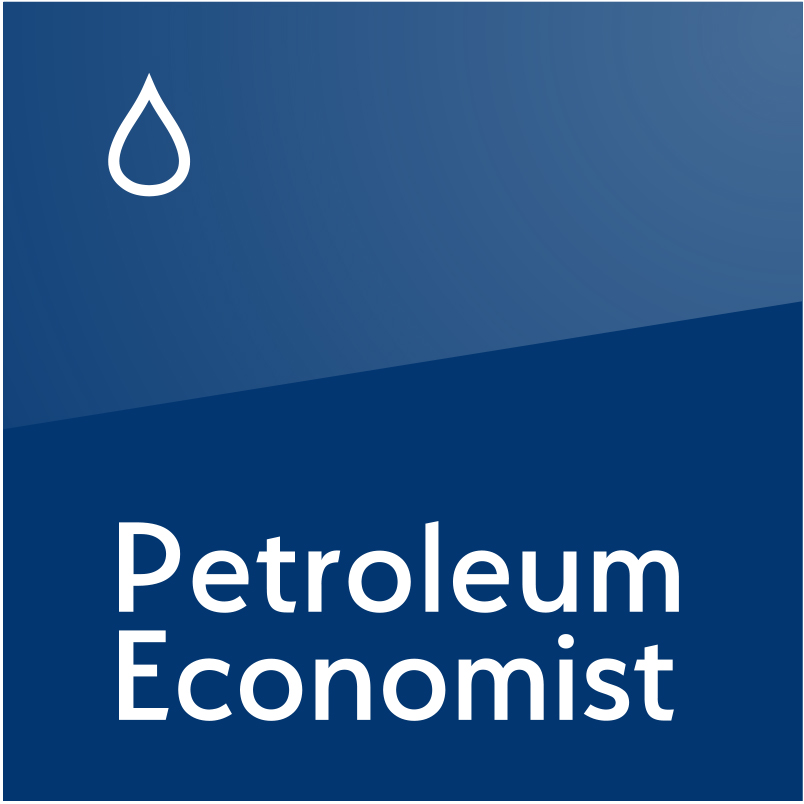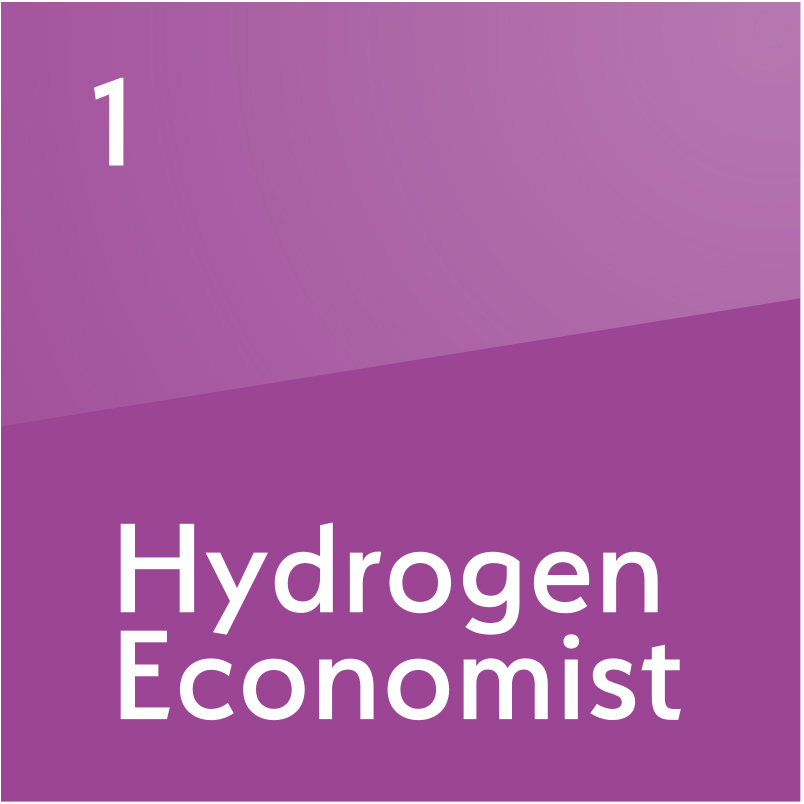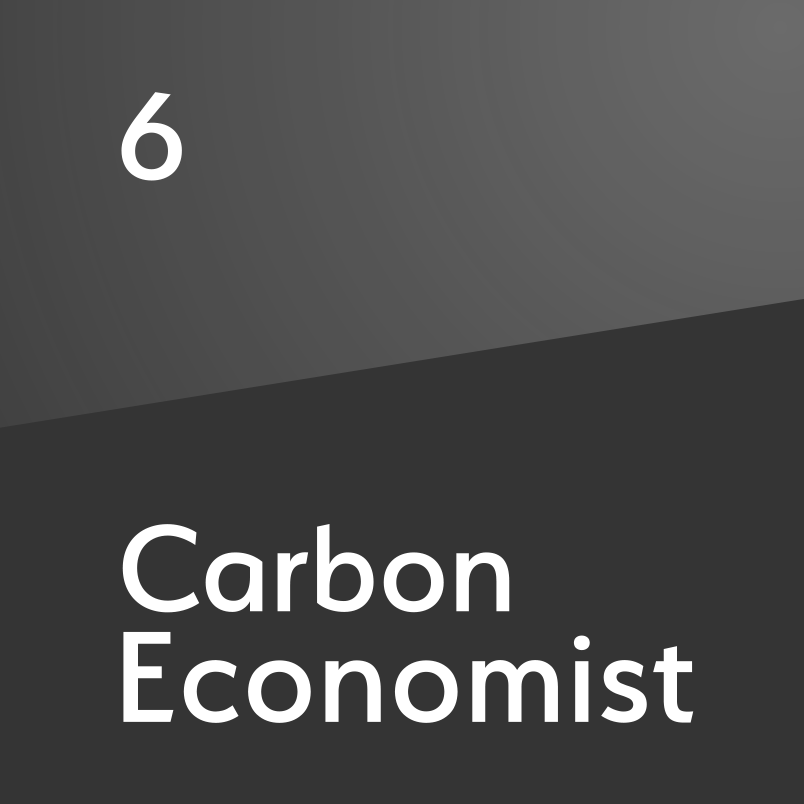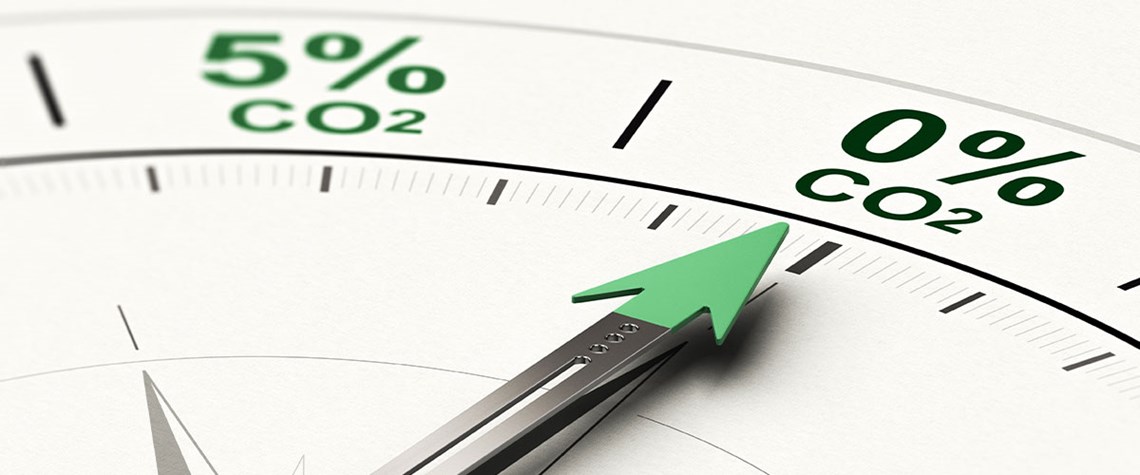Independent producers’ scope three dilemma
Is it enough for pureplay upstream firms to concentrate solely on emissions within their control?
More than 80pc of a barrel of oil’s carbon footprint is scope three emissions. But an independent producer, having sold its share of output from a field, no longer has a say on where that oil goes, into what it is refined and, ultimately, how it is combusted and releases most of its CO₂. There are, in fact, few—if any—barrels these days that remain in a single pair of hands from production, through transportation (including potential shipborne resales), refining and distribution, to retail, begging the question what roles traders, refiners and distributors might have to assume in a future where a matrix for sharing responsibility for scope three emissions must surely emerge. But, at least un

Also in this section
26 July 2024
Oil majors play it safe amid unfavourable terms in latest oil and gas licensing bid rounds allowing Chinese low-ball moves
25 July 2024
Despite huge efforts by India’s government to accelerate crude production, India’s dependency shows no sign of easing
24 July 2024
Diesel and jet fuel supplies face a timebomb in just four years, and even gasoline may not be immune
23 July 2024
Rosneft’s Arctic megaproject is happening despite sanctions, a lack of foreign investment and OPEC+ restrictions. But it will take a long time for its colossal potential to be realised







